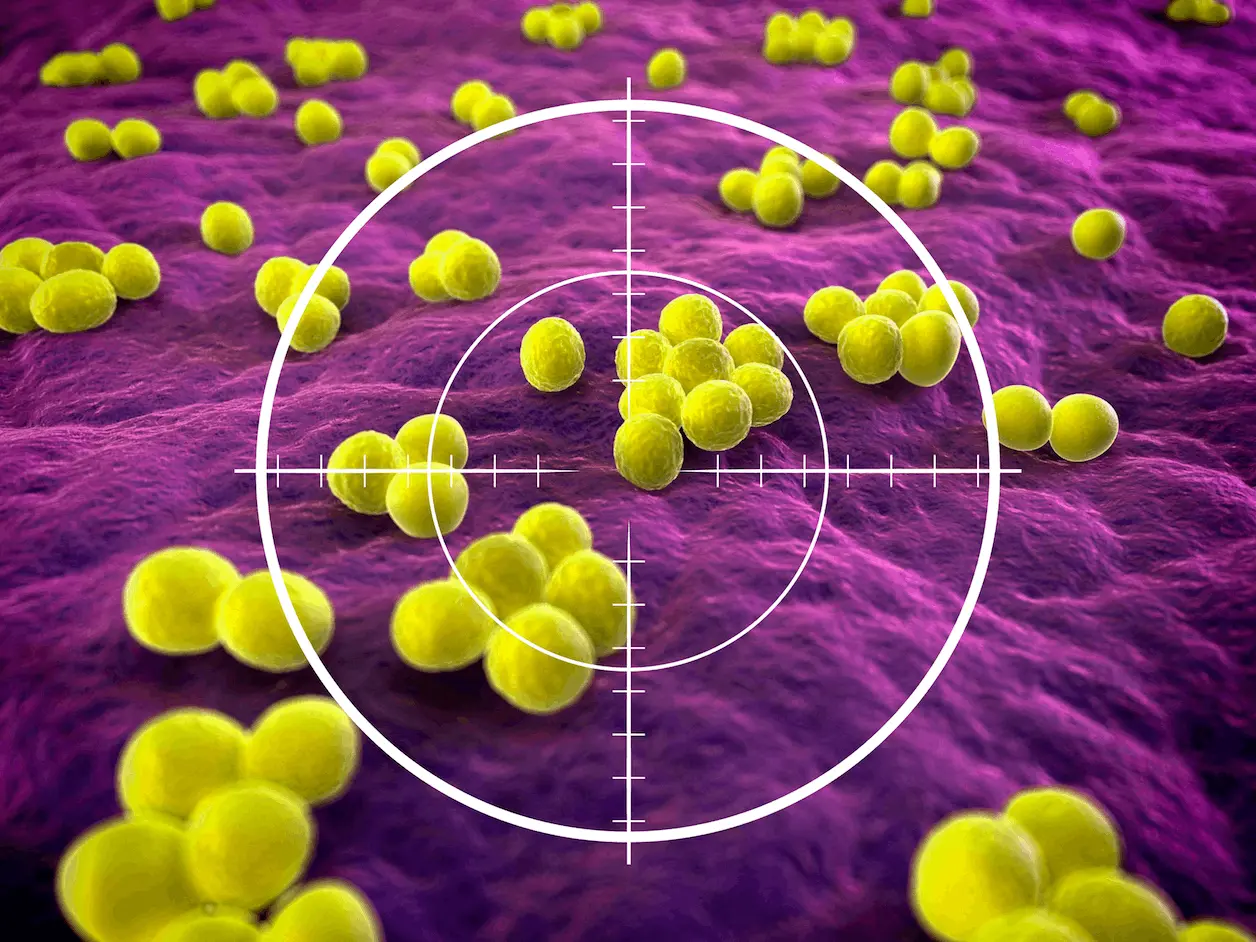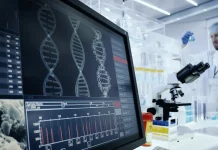Since the discovery of penicillin, a large number of antibiotics have been developed and used all over the world as a means to cure disease. While this has been a boon for humanity, allowing for the easy, effective, and cheap treatment of microbial disease, its misuse has also resulted in many pathogens developing resistance to these drugs. Antimicrobial resistance is classified by the World Health Organisation as one of the biggest threats to public health worldwide, resulting in increased morbidity from infection. Identifying new classes of antibiotics is necessary to aid this crisis, and deep learning presents a potential solution.
Most new antibiotics discovered in the past few years were found through methods like high-throughput screening, phylogeny analyses, and natural product mining, among others. Despite this, it is necessary to develop an approach that can effectively utilize the natural diversity of chemistry and do so in a way that is efficient and practical.
A new deep learning method for antibiotic discovery has been developed by researchers from the Massachusetts Institute of Technology, which is capable of identifying potential antibiotic candidates from large libraries of chemicals and has resulted in the discovery of abaucin and halicin, as well as several more antimicrobial chemicals. The method is reliant on Chemprop, which is a platform used in graph neural networks. Such models can be interpreted and explained such that their decision-making patterns are revealed in ways that are interpretable or explainable to humans. The primary objective was to facilitate the expansion of these models for the discovery of antibiotics. As different classes of antibiotics are usually differentiated due to their substructures, it was assumed that identification of substructures would allow for a more effective method of discovery of entirely new structural classes, as opposed to individual chemicals.
The study focused on discovering new classes of antibiotics that would be an effective deterrent against Staphylococcus aureus, a Gram-positive bacterium known to possess resistance against many antibiotics and which is a pathogen that causes bloodstream infections that can be hard to treat effectively. More than 39,000 compounds were screened to assess their ability to inhibit the pathogen’s growth, resulting in more than 500 compounds being identified as active.
Chemprop was used to train graph neural networks on the data so they could perform classification predictions regarding the ability of a given compound to inhibit microbial growth according to its structure. Additional data for molecular features was provided to assess whether the model’s performance was improved, and the prediction scores were averaged for improved robustness. The models were then trained, validated, and tested, and Chemprop models that had access to molecular feature data were found to outperform other deep learning models.
Orthogonal models were also developed to facilitate predictions of human cell cytotoxicity. The training dataset was first screened for cytotoxicity in various human cells, and cell viability was later measured, with around 300 compounds being found to be non-toxic for all the cell types used for testing. This data was used to train a classification model to predict whether given compounds were cytotoxic.
As these models produce predictions based on information gained from the bonds and atoms present in the molecule, it was hypothesized that compounds that had high antibiotic prediction scores would have structures (known as rationales) that contributed to these scores. Identifying these rationales would allow for the model to be explainable, and the results would facilitate further analysis of substructures through machine learning.
Graph search algorithms were employed to determine rationales of a certain size, which exhibited high scores, using a Monte Carlo tree search. This involves the selection of a certain substructure, iteratively pruning it, and then selecting deletions that result in high scores. When validated and tested, it was found that the model had the capacity to identify novel antibiotic scaffolds, even if they hadn’t been seen during the model’s training. Such results aren’t possible to obtain using conventional analyses. Many of the rationales obtained through this method coincided with known structural class fragments. Additionally, rationales that weren’t associated with known structural classes were found, indicating that a new structural class of antibiotics had been discovered.
The final compounds shared an N-[2-(2-chlorophenoxy)ethyl]aniline core, which had been predicted to be an indicator of antibiotic activity. As the substructure is shared, it is suggested that both compounds share the same mechanism of action. This mechanism was studied using microbiological assays. The compounds were found to be ineffective against Gram-negative bacteria but showed significant inhibitory activity against Gram-positive bacteria. It was also found that both compounds had the ability to evade antimicrobial resistance mechanisms, as colonies grown in the compounds showed an inconsistent pattern of mutation (as opposed to cultures grown in ciprofloxacin).
Imaging performed on bacteria revealed that both compounds were bactericidal and targeted the cell envelope of the bacterium, resulting in lysis. As the compounds lose their efficacy at higher pH, it can be observed that these compounds rely on dissipation of pH as their primary mode of action. Both compounds were found to be non-hemolytic, non-genotoxic, chemically stable at various pH, and non-toxic when applied both topically and intraperitoneally. One of the compounds was applied to a mouse model and was found to be effective at decreasing the bacterial load.
Conclusion
The antimicrobial resistance crisis is one of the most severe crises faced by humanity currently, threatening to regress the progress made by modern medicine entirely: a lack of effective antimicrobial drugs impacts everything from food supply to surgery. Despite the pressing need for new classes of antibiotics, progress has so far been slow, with 38 years passing between the introduction of the two most recent antibiotic classes.
Deep learning approaches have been instrumental in revolutionizing the workflow in many fields of biology and have now been demonstrated as useful in the search for new antibiotic classes. The automation of the identification of novel structural motifs is particularly useful and can help augment current antibiotic pipelines. Further research in the field could result in yet more classes of antibiotics being discovered and allow for greater insights into the biochemistry of life.
Article Source: Reference Paper | Reference Article
Learn More:
Sonal Keni is a consulting scientific writing intern at CBIRT. She is pursuing a BTech in Biotechnology from the Manipal Institute of Technology. Her academic journey has been driven by a profound fascination for the intricate world of biology, and she is particularly drawn to computational biology and oncology. She also enjoys reading and painting in her free time.

















[…] MIT Researchers Use AI to Design New Class of Antibiotic Candidates in the Fight Against Superbugs […]